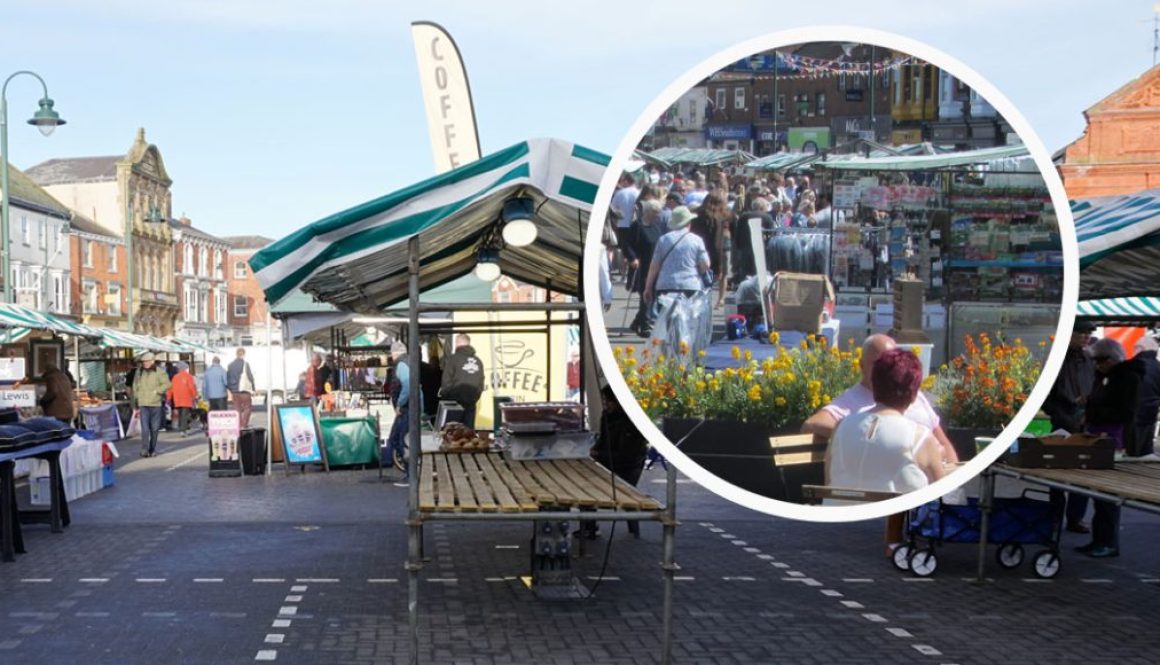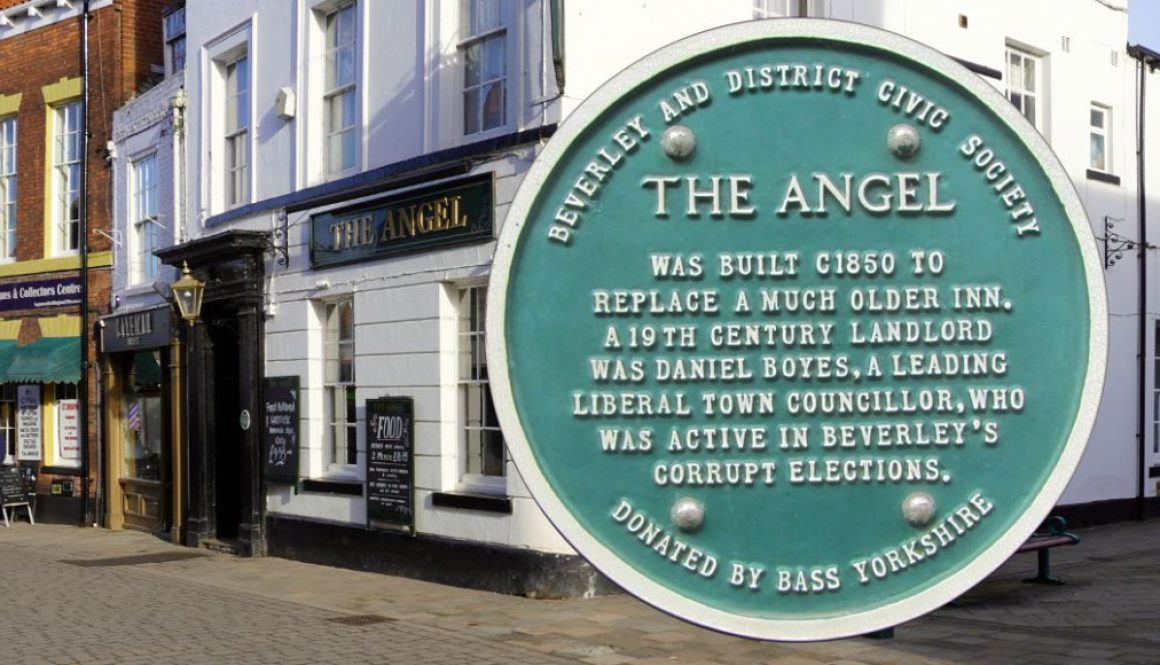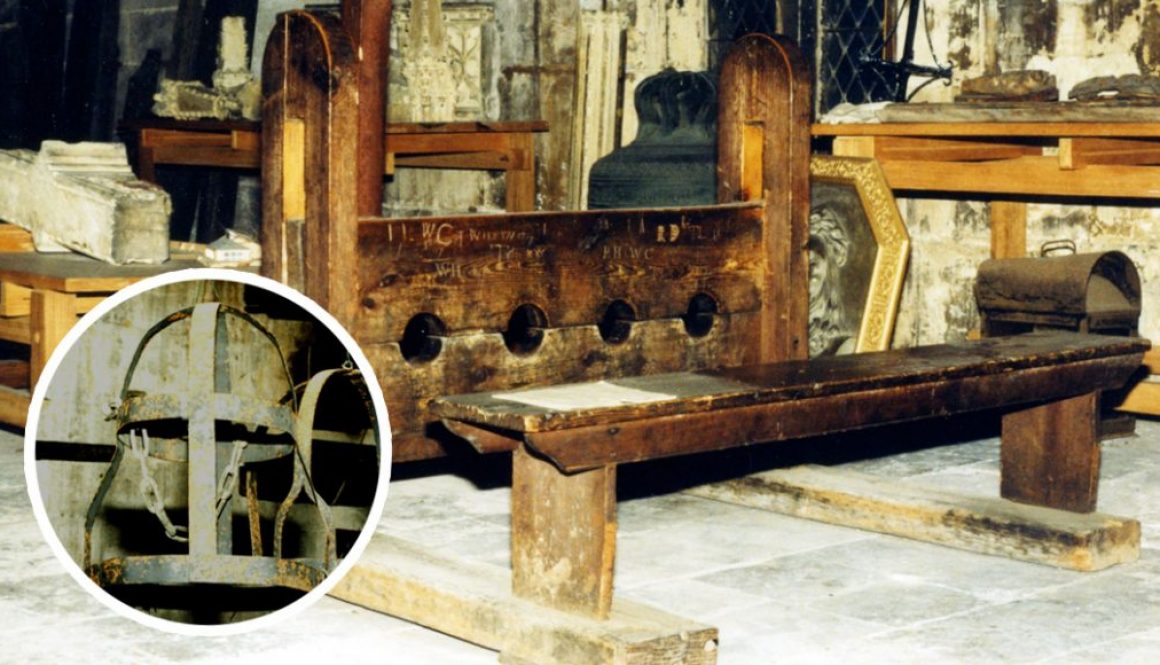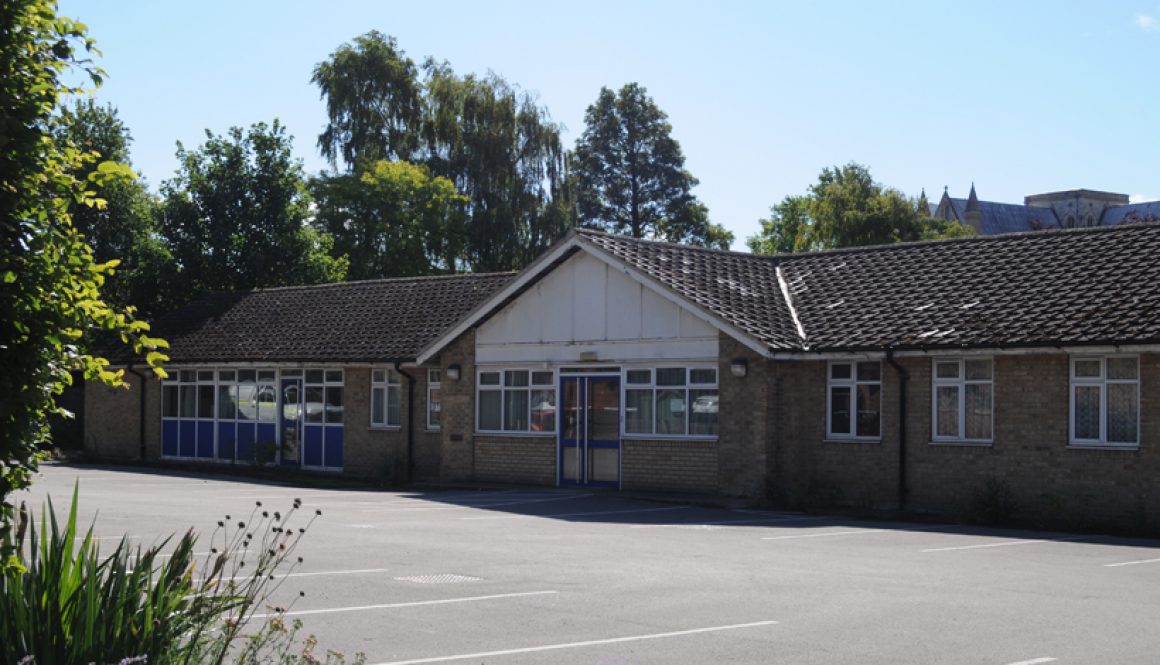A Tale of Two Markets
Visitors to the town’s Saturday Market cannot have failed to notice the growing number of empty stalls, and the lack of vibrancy that prevails. Whether it is due to the state of the economy or the lingering effects of the Pandemic, it is hard to say. However, we will look back at the history of both Beverley’s markets, and remember the times when they truly were the beating heart of the town.




